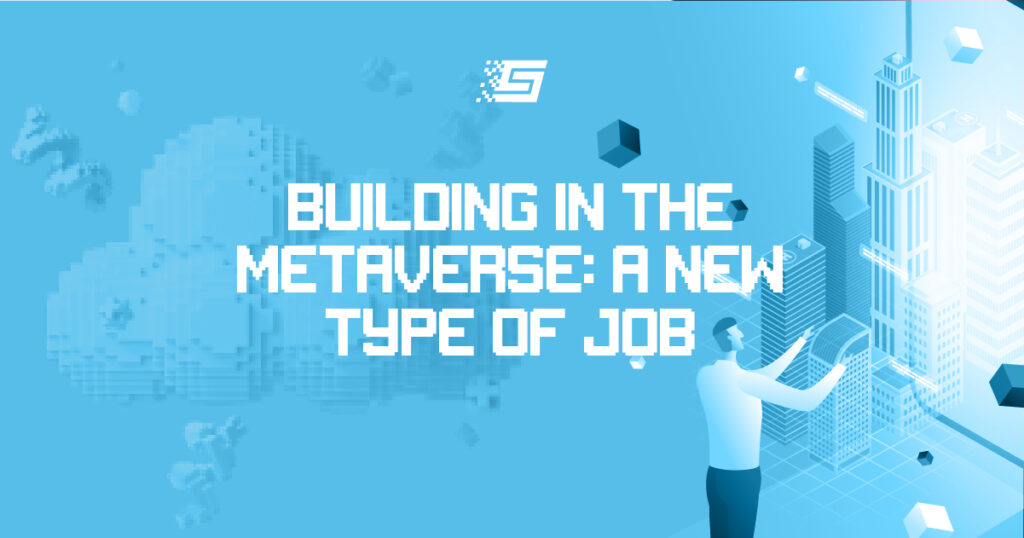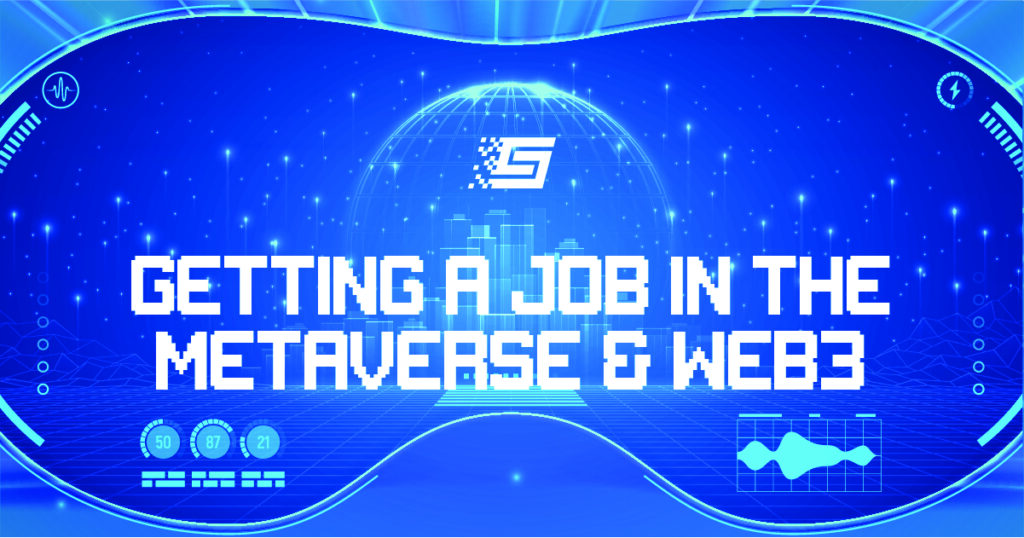A List of Tools You Need to Build in the Metaverse
Building in the metaverse is becoming easier by the day. Although it requires advanced coding knowledge, building a metaverse platform has become simpler. Today, there are open-source web services that provide tools for metaverse developers.
Also, metaverse technology has become quite popular. Accordingly, websites or software programs allow you to design a metaverse experience using ready-made templates. You may compare such services to WordPress, a tool for codeless web design.
The emergence of websites and software programs for building in the metaverse can bring greater possibilities. Developers with brilliant gaming ideas can bring such ideas into reality without too much expense.
As this article has explored the significance of tools to build in the metaverse, it will further mention some of those tools, who made them, and how to use them.
5 open-source tools for building in the metaverse
Webaverse
Webaverse is an open-source engine that anyone can use to build in the metaverse. Interestingly, this metaverse engine supports blockchain technology and web3.0. It also allows developers to integrate NFTs with metaverse platforms.
Webaverse is coined from the combination of “Website” and “Metaverse.” According to its overview, Webaverse promotes decentralization and shifting control from a few companies. Hence, it created a metaverse engine that anyone can use to develop blockchain-based virtual worlds.
This tool helps design browser-based virtual worlds. Also, developers can create multiplayer games and worlds that use virtual or augmented reality technologies.
The following are some metaverse activities you can program using Webaverse:
- A web game that supports single and multiplayer modes
- Voice chat that features simulated mouth movement, change in tone, etc.
- In-game creatures like virtual pets, houses, vehicles, and more.
- Easy-to-use player controls.
Developers need to understand open-source technologies such as NodeJS, ThreeJS, ViteJS, ReactJS, and Blockchain to build on Webaverse. Further, it supports a proof-of-work side chain called the Ethereum backend.
Open 3D Engine (O3DE)
Open 3D Engine (known as O3DE) is an open-source 3D engine for building interactive games and experiences. The Linux Foundation created the Open 3d Engine and is in charge of managing it.
Developers can use this web engine to create 3D virtual worlds that deliver cinema-quality graphics. It allows the integration of artificial intelligence, push notifications, and virtual reality.
Features
- Extensible Photorealistic Renderer
- Visual 3D editor
- Familiar coding tools
- Code and data templates
- Scripting Tools
- Robust networking
- An open-source Community
O3DE Partners
The Linux Foundation founded Open 3D Engine in partnership with:
- Amazon Web Services
- Epic Games
- Microsoft
- Lightspeed Studios
- The Red Hat Enterprise
- Open Robotics
- FutureWEI Technologies, etc.
Developers can download and install O3DE software on Windows, Linux, and macOS computer systems. The computer must have at least 8GB RAM and 40 – 100GB free memory.
Before creating an experience on O3DE, developers must be good at specific software programming languages. Also, it would help if you understood User Interface and User Experience (UI/UX) design to some degree.
Meanwhile, amateur game designers who might be building in the metaverse for the first time can start with O3DE’s tutorial. Here, you learn the basics of game development and scripting by creating a game called Pong.
Blender
Blender is open-source software for creating top-tier 3D graphics. It is helpful for rendering, modeling, video editing, graphic storytelling, and many more.
In 2002, The Blender Foundation started its operations. It aims to provide a creative and technical design tool for public use. Later, Blender Institute took over operations in 2007 under the foundation’s control.
The two organizations are non-profit corporations that rely on public donations to fund their expenses. Regardless, Blender delivers amazing tools that help 3D artists to build in the metaverse.
Blender released the latest version of its software, Blender 3.2.2, in June 2022. The upgraded software delivers the following features:
- Art collections in the Asset browser
- New Curve Pen Tool
- Paint Tool for creating sculptures
- Generic Color Attributes
- Improved Channels in Video Sequencer editor
- Improvements to the animation and rigging tool
A developer can use the Blender software to create 3D images and scenes of virtual worlds when building in the metaverse. Furthermore, it helps design 3D NFT collections.
JanusWeb
JanusWeb is a framework for advanced or halfway developers to build in the metaverse. It provides a repository where developers can follow its ready-made model of creating a browser-based and immersive world.
Meanwhile, JanusWeb has its metaverse platform known as JanusXR. The JanusXR world is available on VR headsets like Steam, Oculus, and Vive. Players can hang out in this decentralized 3D space with friends and fellow players.
Also, JanusXR users can import 3D content into their VR environment from other tools like Blender, Unreal Engine, Unity, Sketchup, etc. In effect, JanusXR is entirely open-source and supports the decentralized development of its VR world.
JanusXR has a unique programming language called Janus Markup Language (JML). JML is a simple coding system that makes creating and sharing experiences in the JanusXR world easier.
Going back to JanusWeb, developers can try out the JanusXR game and implement its framework in their game designs. Using JanusWeb, developers can build:
- Immersive 3D environments
- 3D positional audio
- Gamepad support
- Games that support hand tracking systems like Oculus Touch
- Collaboration across multiple devices via built-in networking
Godot
Godot is a free game engine that offers a unique game development approach. The various tools on Godot make it easy to build in the metaverse without starting from scratch. Instead, game creators only need basic coding knowledge and innovative ideas.
Some features of Godot include:
- Hundreds of built-in nodes
- Visual editor
- Live editing – to store the state of gameplay after stopping the game.
- GLSL Shader language
- Tone mapper – for designing multiple standard curves, screen-space reflections, etc.
- Bidirectional Scattering Distribution Function (BSDF)
- Global illumination
Godot tools can also help in animating NFTs, game scripting, debugging, and optimization.
Anyone can have innovative ideas for a blockchain game or a virtual world. The tools in this article can help bring those ideas to reality, and you can also build in the metaverse.


